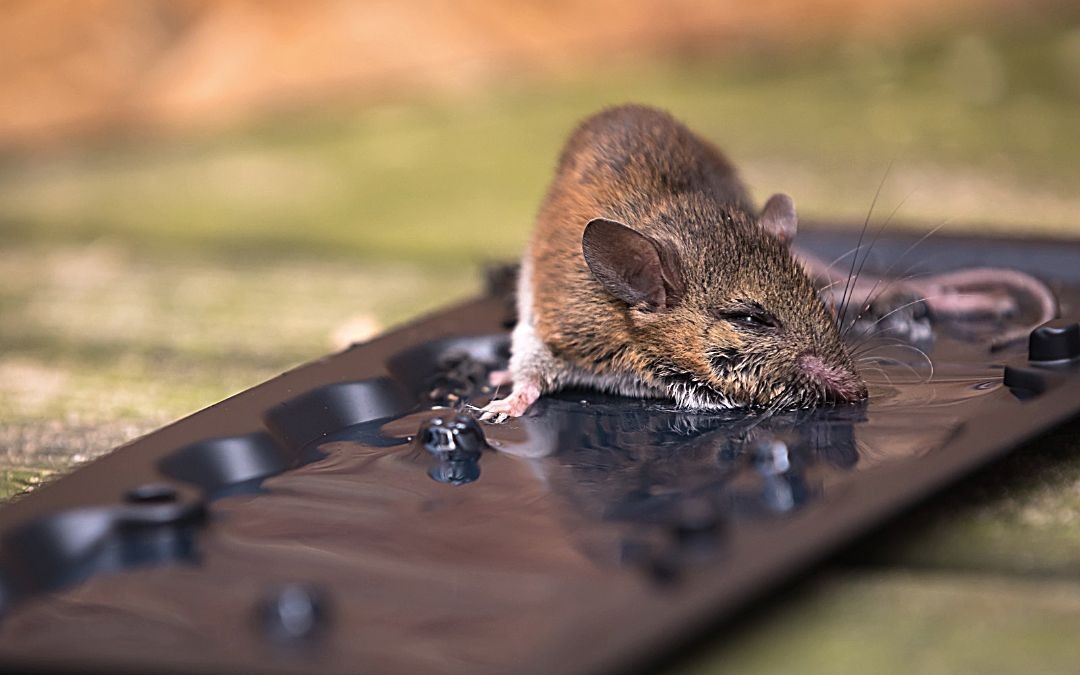The Cruelty of Rodent Traps: A Scientific Perspective on Suffering

The Cruelty of Rodent Traps: A Scientific Perspective on Suffering
Rodents, including rats and mice, are often viewed as pests in urban and rural environments. To manage these populations, various traps are employed, ranging from snap traps to glue traps. While these methods may be designed for efficacy, they often inflict significant suffering on the animals caught within them. This article explores the scientific understanding of the stress, pain, and suffering experienced by rodents trapped in these devices.
Types of Traps and Their Mechanisms
Snap Traps: Designed to kill instantly, snap traps can, in some cases, fail to do so. When a rodent is caught, the force of the trap can cause severe trauma. If not positioned correctly, the rodent may suffer for extended periods before dying from blood loss, organ damage, or suffocation.
Glue Traps: These traps immobilize rodents by adhering them to a sticky surface. The process of becoming stuck is inherently distressing. Rodents may struggle intensely, leading to injuries such as broken limbs, skin abrasions, or even suffocation as they attempt to free themselves.
Live Traps: Although designed to capture rodents alive for relocation, these traps can also cause suffering. Rodents may experience stress from confinement, fear of predation, and dehydration if not checked frequently.
The Science of Suffering
Stress Response
When trapped, rodents undergo a significant physiological stress response. Stress in animals is characterized by the activation of the hypothalamic-pituitary-adrenal (HPA) axis, leading to the release of stress hormones like cortisol. This response can result in:
- Increased Heart Rate: A surge in heart rate can indicate heightened fear and anxiety.
- Altered Behavior: Trapped rodents may exhibit frantic attempts to escape, which can lead to self-injury.
- Immune Suppression: Prolonged stress can weaken the immune system, making the animals more susceptible to disease.
Pain Perception
Rodents have a well-developed nervous system, allowing them to experience pain similarly to humans. Research indicates that:
- Nociceptive Responses: When caught in traps, rodents experience acute pain, which can lead to long-lasting aversive memories, furthering their suffering.
- Chronic Pain: Injuries sustained while trying to escape can lead to chronic pain conditions, affecting their quality of life even if they manage to escape.
Psychological Distress
The psychological impact of being trapped cannot be overlooked. Rodents are intelligent creatures capable of complex behaviors. Being confined in a trap can lead to:
- Fear and Anxiety: The sensation of being trapped invokes fear, leading to heightened anxiety levels.
- Social Isolation: Rodents are social animals, and being alone in a trap can exacerbate stress and despair.
The Ethical Implications
The suffering experienced by trapped rodents raises significant ethical concerns. Animal welfare standards emphasize the importance of minimizing pain and distress in all aspects of animal management. Given the evidence of suffering associated with common trapping methods, it is crucial to consider more humane alternatives, such as:
- Exclusion and Habitat Modification: Preventing rodent access through structural modifications can reduce the need for traps.
- Humane Trapping Methods: Utilizing traps that minimize stress and provide quick, painless euthanasia can lessen suffering.
Conclusion
The use of traps to control rodent populations often results in significant suffering due to physiological stress, pain, and psychological distress. Understanding the experiences of these animals from a scientific perspective underscores the importance of re-evaluating our approaches to pest management. By prioritizing humane methods, we can address rodent issues while minimizing unnecessary suffering. In an era increasingly focused on animal welfare, it is imperative to find solutions that align with ethical considerations and scientific understanding.


